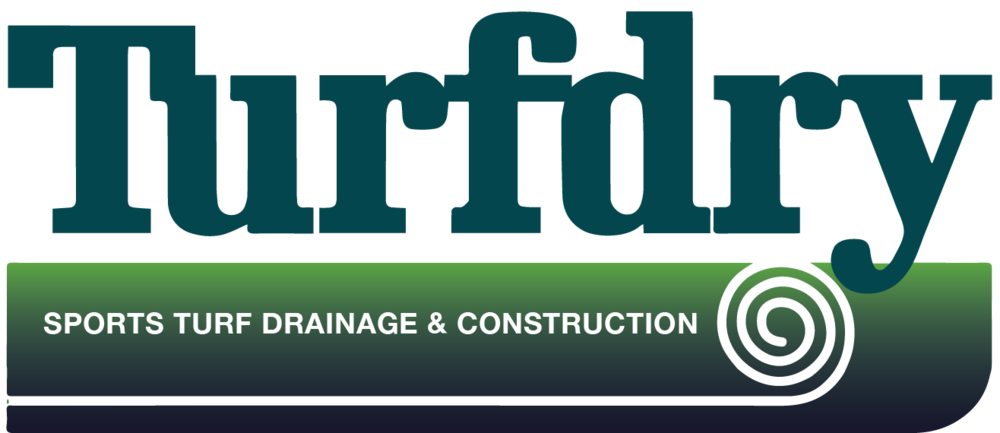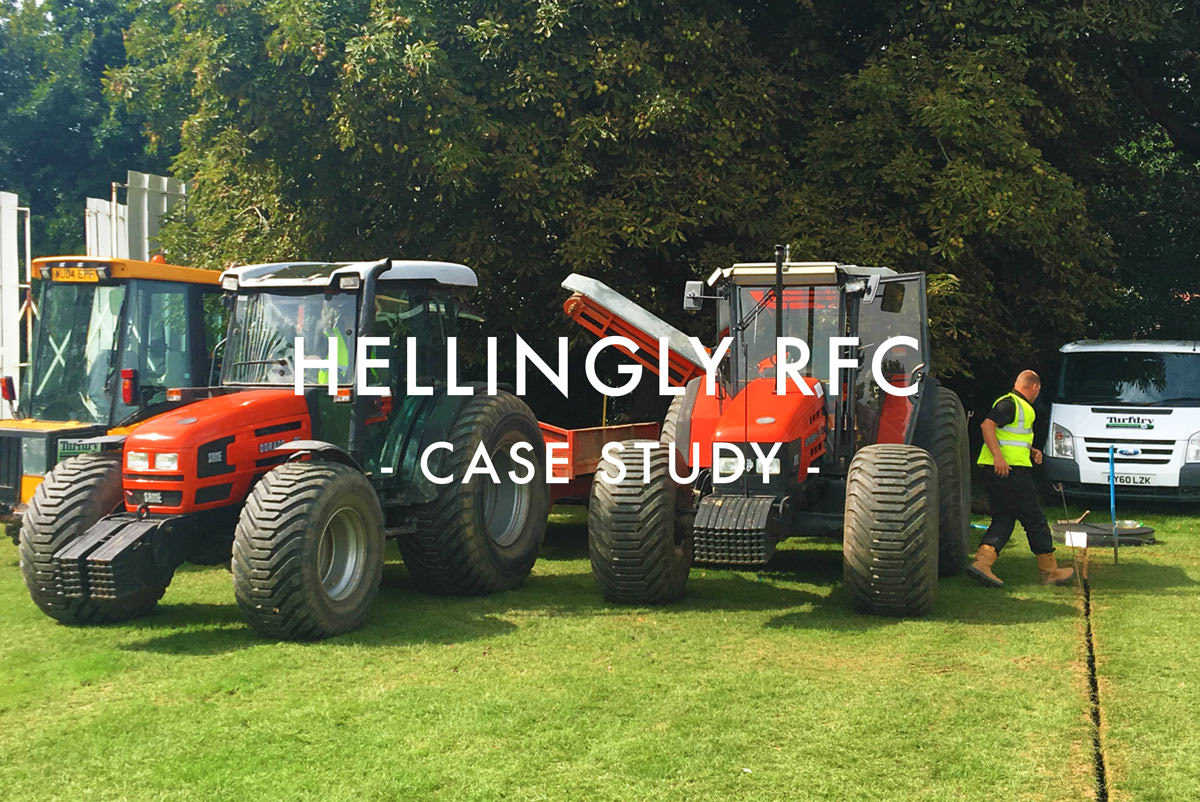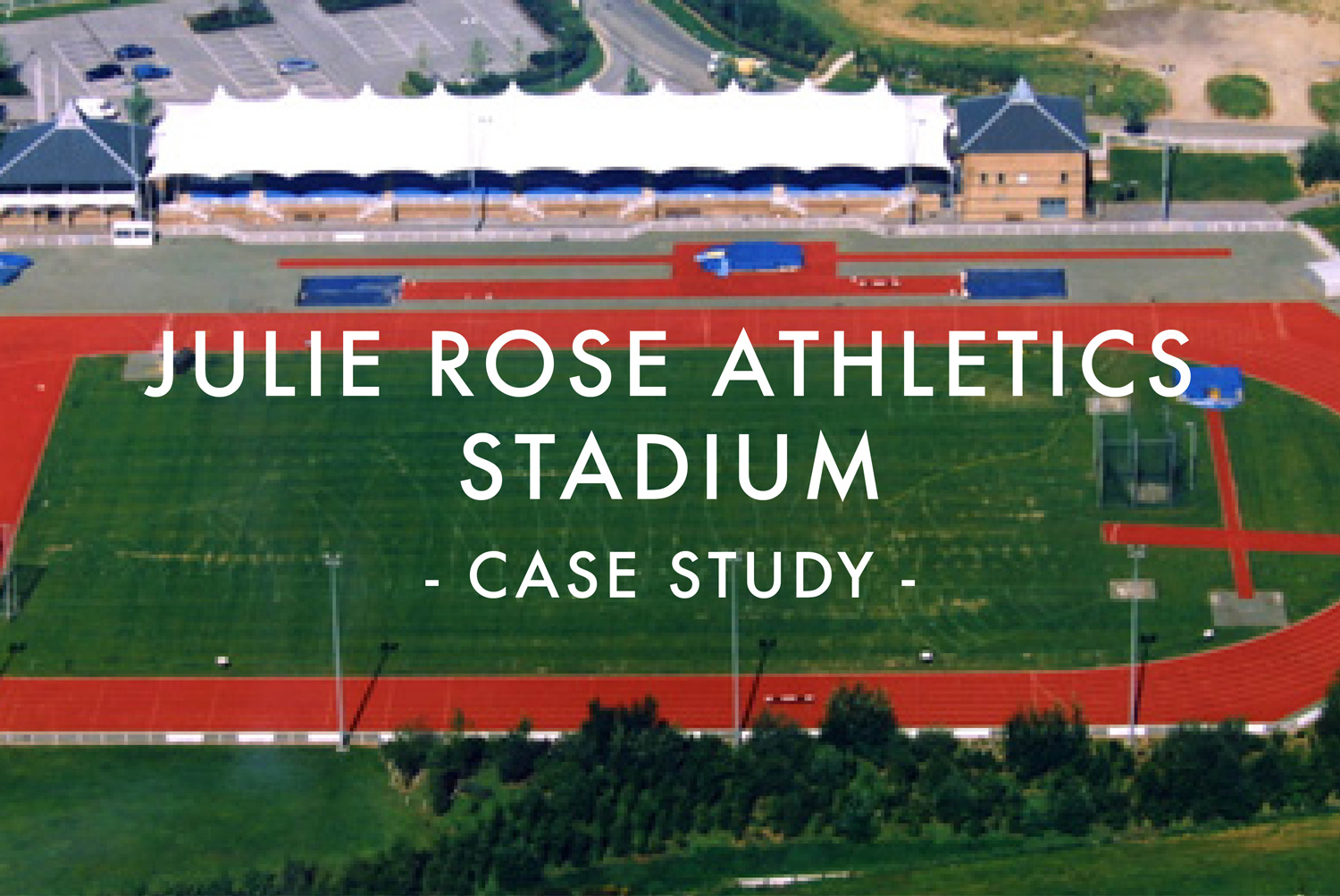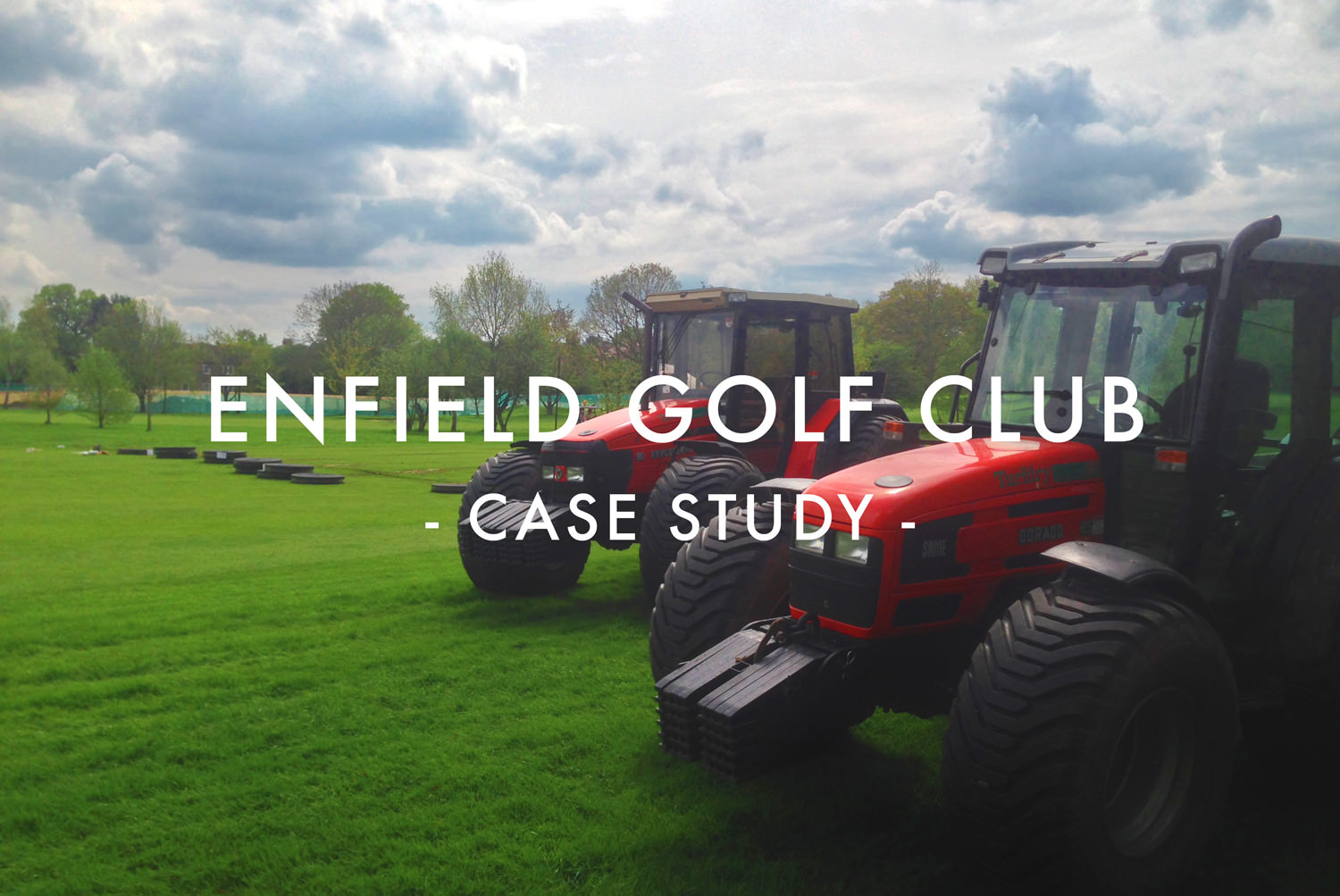Added: 27th MARCH 2023
The use of Turfdry's unique Hydraway Sportsdrain is most often motivated by the superior drainage performance provided by its rapid water intake rate, or the longevity delivered by its high-quality construction; however, some sites have particular features that present additional challenges for successful, cost-effective drainage solutions, for which Hydraway is uniquely suited.
An effective drainage system must not only intercept and collect surface water, but must also discharge this collected water via an appropriate outfall - whether this is a watercourse, large-diameter pipe, or sewer system. As such, consideration of a drainage system's outfall is crucial from the outset of a project, as its location and level will be key determinant factors in the system's design.
Indeed, for many sites there is often only one viable outfall, the particular features of which may present a challenge to effective drainage.
1. Outfall Height
One such challenging feature that affects many sites is where the level of the outfall is absolutely fixed at a height not conducive to traditional drainage solutions. This can be because the drainage system is to outfall into a watercourse, and must therefore outfall above the water-level to maintain effectiveness; in other instances, drainage systems must connect into pre-existing sewer infrastructure.
On sites where the level of the area to be drained is sufficiently higher than the watercourse or sewer it must outfall into, these circumstances do not present a challenge to functional drainage. However, traditional plastic pipe drainage must be installed at a minimum gradient of 1 in 200, to ensure that the internal velocity of the water moving through the pipe is sufficient to flush out any silt particles that might enter the drain through the pipe's perforations. This can therefore pose serious challenges for sites where the relative level of the area to be drained and the outfall point do not allow for this minimum gradient on the pipes.
This same problem can apply to sites that will outfall into existing sewer infrastructure that has not been constructed at a sufficient depth to allow for the appropriate pipe gradients connecting into it.
Hydraway's outer layer is a special geotextile that was developed in a joint venture by Monsanto and the University of Illinois; it has laboratory-proven clog-resistance, with 140 micron diameter needle-punched holes allowing water to enter the drain, but preventing the ingress of larger silt particles. Consequently, Hydraway is liberated from the minimum gradient requirements associated with traditional drainage solutions, and has actually been proven to deliver effective long-term drainage performance even when installed at zero gradient.
For more information on such projects, take a look at our case studies on:
2. Outfall Restrictions
Another potential challenge that can be posed by particular sites' outfall arrangements is in instances where the land drainage system must connect into a surface water sewer owned and operated by a third-party, such as a water company. In such instances, these third-parties can sometimes set quite restrictive conditions for the connection of a land drainage system into their network; whilst it is only prudent that water companies seek to safeguard the functionality of their networks, these conditions can sometimes present significant challenges to a project - both in terms of its cost, and its effectiveness.
One prevalent concern in connecting new land drainage systems into third-party surface water sewers is that of silt infiltration via rising groundwater. Water companies do not want silt to enter their network via new land drainage connections, as without regular maintenance, this silt will build up over time and cause clogs and blockages. As nobody wants to foot the bill for ongoing maintenance (which may often be required at points in their network other than the outfall connection point for the new land drainage system), the solution posed by many water companies is to require the installation of an impermeable membrane beneath the footprint, and around the edges, of the area to be drained.
The function of this impermeable membrane is to prevent the ingress of groundwater into the drainage system, thereby minimising the volume of silt that will be discharged into the sewer via the system's outfall. However, the friction inherent in this solution is that this very same impermeable membrane will diminish the performance of the land drainage system, both by reducing the volume of surface water that can be intercepted and captured by the system, and by preventing water from percolating away from the surface down into the ground. Furthermore, the installation process for an impermeable liner beneath a site is very expensive, requiring the excavation and reconstruction of the entire area in question. Indeed, this can see the necessary budgets for the drainage of such sites spiral, and can often render land drainage improvements prohibitively expensive - specifically due to the requirement for the impermeable membrane.
As with the sites with outfalls set at heights that did not allow for traditionally required pipe gradients however, the unique clog-resistance of Hydraway Sportsdrain can unlock new, more cost-effective solutions for challenging sites.
Turfdry has recently been in contact with Thames Water's engineering team in relation to numerous projects where an impermeable membrane had been specified as a necessary requirement for the connection of a new pitch drainage system into the Thames Water surface water sewer network, due to concerns relating to the groundwater entering the sewer having a high silt content. On the basis that only silt particles smaller than 140 micron in diameter could possibly enter a land drainage system comprising of Hydraway Sportsdrain, Turfdry asserted that concerns regarding silt infiltration could be overcome - without the need for an impermeable membrane layer beneath the pitches. After discussing the technicalities of this proposal in detail, Thames Water agreed that this argument was sound, and that it would waive the requirement for the installation of an impermeable membrane - on the condition that Hydraway Sportsdrain was used for the pitch drainage.
This is a tremendous coup for Hydraway Sportsdrain, and a prime demonstration of the way in which its technical excellence delivers cost-effective solutions to a range of unique challenges in land drainage projects. Moreover, it is a promising development for numerous clients, who are now able to save substantial sums of money in the construction and remediation of pitches by foregoing the installation of an impermeable membrane beneath their sites, in favour of Hydraway's uniquely permeable membrane - delivering high drainage performance without compromise.






